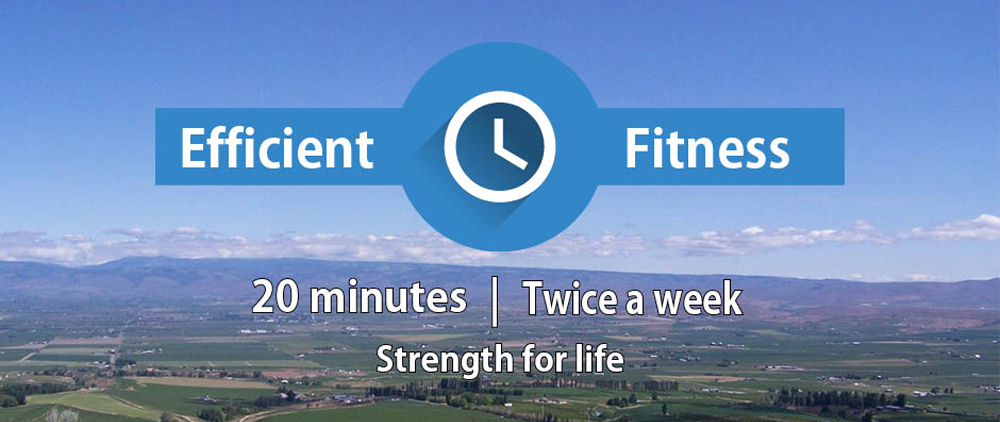| Batman trains by beating a tire with a sledge hammer because it looks cool in a movie — not because it's an effective exercise method! |
We all know exercise is healthy, but at Efficient Fitness, we know there are a lot of programs and routines masquerading as exercise.
While these highly-marketed methods can indeed work, the ingredients that actually produce results are often mixed in a stew with lots of other ingredients that at best are a waste of time, and at worst can lead to short or long-term injuries.
Take sun tanning for example. (Disclaimer: I'm not endorsing tanning beds, just using it as analogy!) We know you can get a tan by laying out in the sun, but you would have to lay out in the sun for hours to stimulate a meaningful tan. This is because sunlight is made up of the full spectrum of light, and the ingredient that actually produces a tan is ultraviolet light.
Now take tanning salons — they understand the biology at work behind a sun tan. By concentrating the intensity of the main ingredient that produces a tan (UV light), customers only need to spend 15 minutes a week in a tanning bed and stimulate the desired response.
Now back to exercise — what if we got rid of all the extraneous elements of flashy fitness industry nonsense, and focused precisely on what produces the best results? That’s what we do at Efficient Fitness.
Instead of swinging battle ropes or beating a tire with a sledge hammer, we contract muscles with purpose along their intended range of motion, only using the ingredients of exercise that actually work, and throwing out the rest.
Stimulus -> Organism -> Response
Humans are an adaptive organism, meaning biologically, we have evolved to adapt when faced with threatening stimuli. If we receive too much ultraviolet radiation, we respond with darker skin. If our muscles are fatigued beyond the ability to further contract, they will grow bigger and stronger.
Now remember, the stimulus is just one part of the equation. Once you perform proper resistance training (the stimulus), you have to give the organism (your body) time to produce the response (bigger and stronger muscles).
Much like a tanning bed, by concentrating the stimulus intensity of exercise in a safe and controlled fashion, we are able to achieve the desired result in only 20 minutes, once or twice a week. If you exercise again too soon, you won’t allow the organism to produce the response and will end up damaging it. In our sun tanning analogy, this would be a sunburn. In exercise, this would be expressed as an injury.
If you want to learn more about how to use a biology-backed exercise method for the most meaningful results in the least amount of time, book your complimentary session at Efficient Fitness today by calling 425-214-2251 or emailing matt@efficient-fitness.com.





